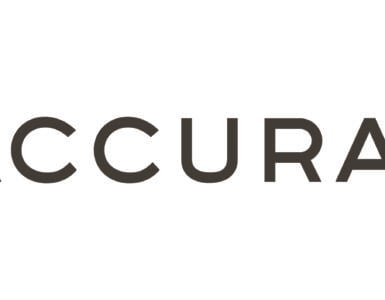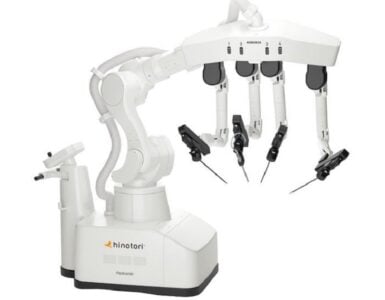Accelus announces that the U.S. Food & Drug Administration (FDA) has issued a 510(k) clearance to Accelus for its Remi® Robotic Navigation System for use with GE OEC 9900 C-Arm fluoroscopic imaging systems.
The Remi Robotic Navigation System is a robotic targeting and navigation platform that assists surgeons with robotic-assisted pedicle screw placement in the lumbar spine. The Remi 2D system utilizes a near-field optical tracking camera to track spinal instruments relative to an anatomical model based on a 3D imaging scan or 2D fluoroscopic images of the patient. Remi was previously cleared by the FDA in February 2021 for use with the Medtronic O-arm 3D imaging system, and in October 2022 for use with the GE OEC 3D, Ziehm Vision RFD 3D, and Stryker Airo TruCT imaging systems.
“Most hospitals and ambulatory surgery centers (ASCs) are already utilizing C-arm X-ray fluoroscopy in their surgeries, which means they do not need additional imaging technology to utilize the Remi Robotic Navigation System, thanks to Remi’s most current FDA clearance,” said Accelus Chief Executive Officer, Chris Walsh. “This allows Remi to be used in smaller hospitals and ASCs and for Accelus to continue to meet the needs of spine surgeons in ways that our competitors have not been able to do.”
The adoption of robotic and navigated technology for spine surgery has been significantly challenged by the high capital cost of incumbent systems plus the expensive 3D imaging systems that are required for their use. In addition, previous systems require a large operating room (OR) footprint, steep learning curves, procedural workflow disruptions, and increased setup, teardown and procedural time.
The Remi Robotic Navigation System was designed to eliminate these barriers at a fraction of the cost of incumbent systems, now with the ability to utilize it with both 2D and 3D imaging technology. Other significant improvements include:
- a surgeon-centric, simplified workflow designed to reduce the learning curve and negate the need for an additional resource in the OR to run the system,
- a small, portable footprint that allows the system to be used in multiple rooms and for multiple procedures in a given day,
- procedural efficiency with reduced setup and teardown times, and
- minimized line-of-sight constraints due to its lightweight, nearfield camera.
“Remi was developed with the knowledge that robotic navigation systems need to be practical, reproducible and cost-effective in order to appeal to a broad range of spine surgeons and facilities,” said Dr. Kevin Foley, Chairman of the Semmes Murphey Neurologic & Spine Institute and Chief Robotics Officer of Accelus. “Remi not only provides equivalent accuracy to legacy spinal robotic systems, but it also addresses the significant limitations associated with those systems, even more so now that it is cleared for use with 2D imaging.”
Initial surgeries with the Remi 2D are expected to begin in July with a full commercial launch of the system anticipated in late Q3 2023.
Source: Accelus











